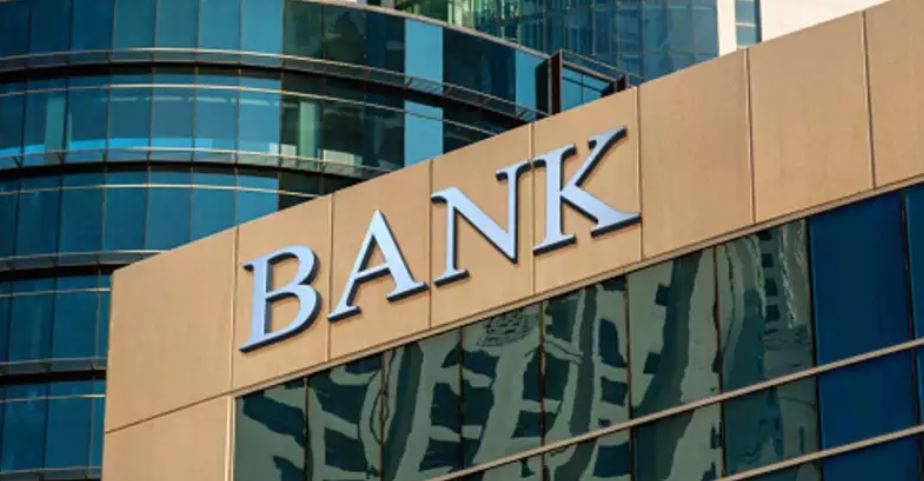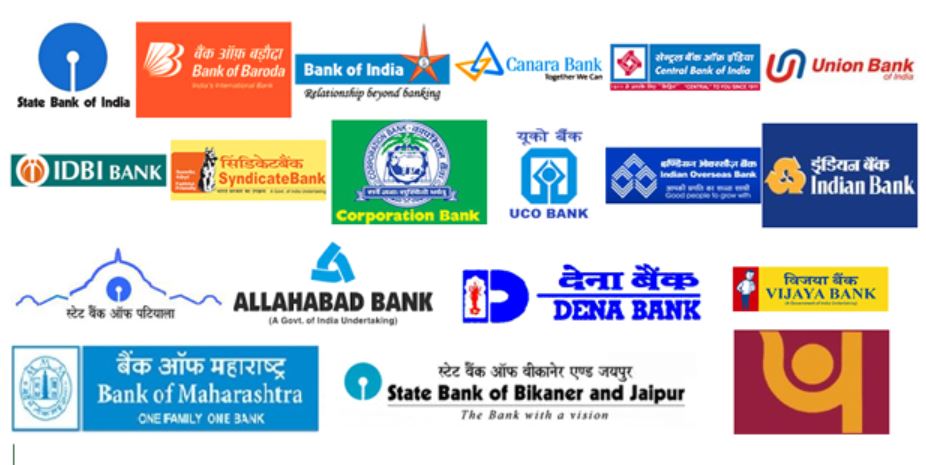Gopabandhu Mohapatra

In the last few years, gross NPAs of banks (as a percentage of total loans) have increased from 2.3% of total loans in 2008 to 9.3% in 2017. This indicates that an increasing proportion of a bank’s assets have ceased to generate income for the bank, lowering the bank’s profitability and its ability to grant further credit. By the end of 2014-15 fiscal, the figure stood at 5,349. Rising consistently since 2014-15, the number of such borrowers increased to 6,575 in 2015-16; 7,079 in 2016-17 and further to 7,535 in 2017-18. The number of willful defaulters in nationalised banks has increased by over 60 percent to 8,582 in five years to March 2019. As of March 31, 2018, provisional estimates suggest that the total volume of gross NPAs in the economy stands at Rs 10.35 lakh crore.

NPA hits the banks’ balance-sheets and their business because these banks did not have sufficient capital provisioning against the bad loan. Recently, with the rising NPAs in the banking system, the case of willful default is getting increased attention. A willful defaulter is an entity or a person that has not paid the loan back despite the ability to repay it. Several modifications were made in the identification of willful defaulters and the procedures that should be initiated against them.
The beginning of measures against willful default started in 1999, when the Central Vigilance Commission’s instructions for collection of information on willful defaults of Rs.25 lakhs and above. Non-repayment of loans by some of India’s biggest corporate houses is the major cause of this huge accumulation of NPAs. A handful of big corporate houses account for 70 percent of the NPAs of the banks.
Around 45% of total bad loans of Rs 10.2 lakh crore pertaining to the top 500 debt-heavy corporates was expected to be resolved by the end of 2018 under IBC, while the balance is to be decided largely during 2019.

As per data reported by nationalised banks, till March 31, 2019, suits for recovery have been filed in 8,121 cases. In cases involving secured assets, action under the provisions of SARFAESI Act has been initiated in 6,251 cases. Recovery of Rs. 7,654 crore has been done from willful defaulters’ accounts during the last five financial years. Further, in accordance with RBI instructions of initiation of criminal proceedings wherever necessary, FIRs have been registered in 2,915 cases.
Some 31 Indians have fled abroad to avoid prosecution. The government has compiled a list of 91 people, who are barred from leaving India because of their involvement with companies that have defaulted. It is estimated that about 400 Indian companies have been classified as willful defaulters.
However, gross NPAs of PSBs have declined by Rs 89,189 crore from the peak of Rs 8,95,601 crore in March 2018 to Rs 8,06,412 crore in March 2019. This signs of improvement in the default rates and recovery rates is due to the Insolvency and Bankruptcy Code (IBC) 2016 and RBI’s Revised framework, which has resulted in lower unexpected losses for banks. In addition, the Insolvency and Bankruptcy Code, 2016 has also debarred willful defaulters from participating in the insolvency resolution process.

According to report, stress tests done on public sector banks (PSBs) revealed that gross non-performing ratio may decline to 12% by March 2020 from 12.6% in March 2019. Private sector banks too could see a fall in gross NPAs to 3.2% from 3.7% during the same period.
For effective action against willful defaulters fleeing Indian jurisdiction, the Fugitive Economic Offenders Act, 2018 has been enacted to provide for attachment and confiscation of property of fugitive offenders and has disentitled them from defending any civil claim.
The government has also advised public sector banks to decide on publishing photographs of willful defaulters as well as to obtain certified copy of the passport of promoters/directors and other authorised signatories of companies availing loans of more than Rs. 50 crore. Heads of PSBs have also been empowered to request for issuance of look out circulars against willful defaulters.

The RBI has been initiating every effort to ensure that willful default should not adversely affect the health of the banking system.
A defaulters’ list should be published every six months with updates. Willful defaulters should be prohibited from contesting elections – local, legislative or Parliament. Those holding high office should be asked to relinquish their positions.
Less than a month after first details emerged, lawmakers introduced a bill that will give authorities power to impound the assets of fugitive offenders – people who have fled the country after committing an economic offence involving 1 billion rupees or more.
It is logical that someone accused of an offence is not allowed to leave the country because extradition requires proof of criminal offence and it is difficult to establish this beyond doubt.
It is proposed that fast-track courts should be vested with more powers to recover bad loans and stringent laws enacted to ensure more recovery. Asset reconstruction companies should be closed down; instead, focus should be on recoveries.
Indian banks have a crunch of enough capital in ratio to the current NPA level. The current levels of provisions maintained by banks may not be enough to cover the expected losses, and hence adequate buffers have to be built into the capital maintained to absorb the expected losses which have not been provided for, if and when they materialize.
At last it can be concluded that the massive concentration of bad loans is the outcome of poor management and it reflects poorly on the appraisal system in respect of large projects, particularly infrastructure ones.
(Mr. Gopabandhu Mohapatra is a former Govt. Banker and is currently living in Bhubaneswar. He contributes articles on the core subjects of banking and finance to www.odisha.plus on a regular basis.)






















No doubt that the willful defaulters in both PSBs & Pvt Sector Banks were in increasing trend till up to FY ending 2017-18 but there after a marginal improvement were observed and expected better results in the ensuing FY end keeping banks amalgation at the back drop besides Govt’s stringent rules/procedures.
Willful defaulters are surfaced
mainly due to poor identification of borrower, accepting recommendation of top bosses , succumbing to political pressure, poor appraisal, poor management, unethical practice adopted by Bank officials during sanction of loan, not following up properly & not identifying the asset when it gives sign of sickness etc.
Sometimes bank’s identification as willful defaulter is wrong by observing outward show off of the customer.
These group of borrowers directly force the bank’s to restrain credits resulting heavy infusion of capital by the Government.
The recover measures left to the Bank are mainly suit filing, enforcement of SARFAESI Act, adoption of criminal proceedings after filing FIR, stoppage of running away for abroad, look out notice and confiscation of properties beyond mortgaged one etc. But these are not enough. Enactment of harder laws with time bound stipulation are required and designated courts to proclaim verdict at the earliest. Government authorities may examine these aspects.
Thanks to the author having brought out such burning topic of our economy & touching all vital points.
Really very thanks to the author for improving our knowledge on important economic topic like this.i m really startled that 10.35 lakh crore is standing due.thats really shocking that how such huge amount will be recovered.its really a huge loss for the banks and yes for the economy too.But good to know that now some restrictions are being implemented on issues like this.